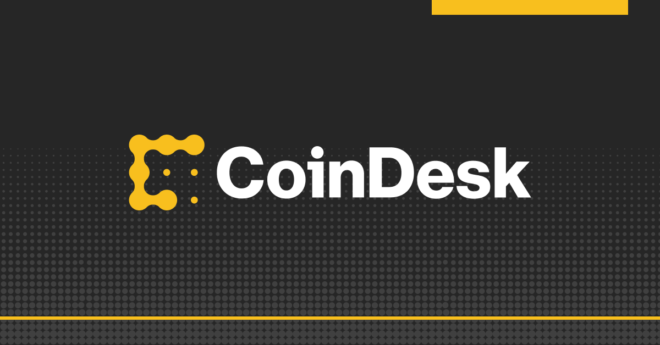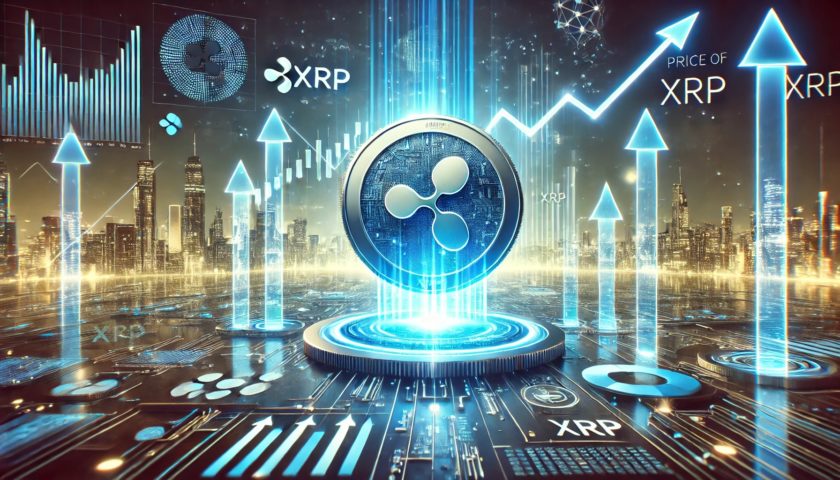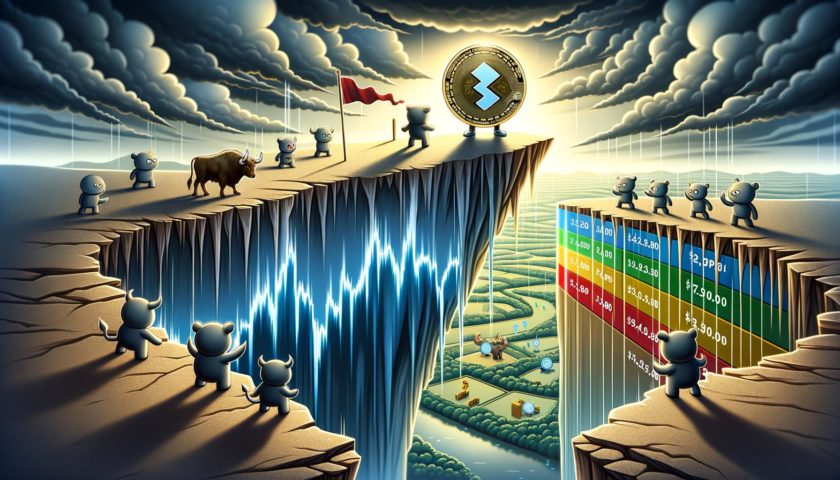XRP Price Section
XRP is the native asset of the XRP ledger, a blockchain originally developed in 2011 by developers David Schwartz, Arthur Britto and Jed McCaleb.
The protocol officially launched in 2012 and, not long after, the team formed a new company called “OpenCoin,” led by Chris Larsen who joined as CEO. The following year, the company changed its name to “Ripple Labs Inc.” before shortening it, for marketing purposes, to “Ripple” in 2015.
While XRP and Ripple are intrinsically linked, it’s important to note that they operate as two distinct entities. Ripple is a fintech company that builds global payment solutions while XRP is an independent digital asset that can be used for microtransactions, remittance and online payments.
XRP supply
The original founders pre-mined (created before the project’s launch) one hundred billion XRP tokens in 2012. Ripple retained 80 billion tokens to fund future operations and development, whilst the founders divided the remaining XRP between them.
Unlike bitcoin and other mined cryptocurrencies, where new coins enter the market in the form of block rewards, XRP enters circulation whenever Ripple decides to sell coins from its pre-mined stash on the secondary market.
In 2017, the company transferred 55 billion of its 80 billion XRP tokens into an escrow account from which it could sell a maximum of one billion tokens a month on the secondary market. This was done to improve the transparency and predictability of XRP being sold by Ripple.
At the end of each selling period, unsold tokens are returned to escrow and re-distributed at a later selling period. Over the last 32 months, 32 billion XRP has been released from escrow. However, 25.8 billion has been returned.
As of April 8, 2021, the escrow account holds 47.8 billion XRP tokens
How XRP works
Ripple developed the XRP ledger to facilitate cross-border payments between banks around the world. The ledger is a permissionless network of peer-to-peer servers that powers XRP operations.
XRP is the native token and is intended to act as a “bridge” between hard-to-match fiat currencies. So if, for example, there are no market makers on the network willing to trade shekels for shillings, one can sell the former for XRP and then use it to buy the latter.
The XRP ledger uses the Ripple Consensus Algorithm, which differs from proof-of-work and proof-of-stake mechanisms in that network participants are known and trusted by other participants. Unlike miners, they are not rewarded for securing the network. Once validators agree, a new block – a “ledger version” – is created and validated. The block’s content cannot be changed. This allows servers in the network to store a complete history of the ledger state.
In order to access the XRP ledger, connected applications must run a JavaScript application programming interface (API). This ledger is open source.
XRP is also used to provide on-demand liquidity (ODL) for Ripple’s flagship RippleNet service – a global payments network of financial institutions that was originally three separate products prior to 2019: xCurrent ( a real-time settlement solution), xRapid (a liquidity solution) and xVia (a payment API.)
ODL is simply the process of exchanging one fiat currency, say U.S. dollars, for XRP tokens, sending those tokens to a receiving account who then exchanges the XRP for their local fiat currency, say, Philippine Pesos. Unlike fiat currencies that can take days to send, XRP transactions usually take around 3 seconds. Not only is this significantly faster but it also dramatically reduces any exchange rate slippage.
XRP transactions
According to Ripple’s XRP documentation, the ledger settles payments in under five seconds and can handle over 1,500 transactions per second. A small amount of XRP – about 10 drops (a unit of XRP) worth 0.00001 XRP – is destroyed to cover transaction fees. The transaction cost is designed to increase along with the load of the network to disincentivize using the network during busy periods. All XRP transactions are executed and settled on the ledger.




